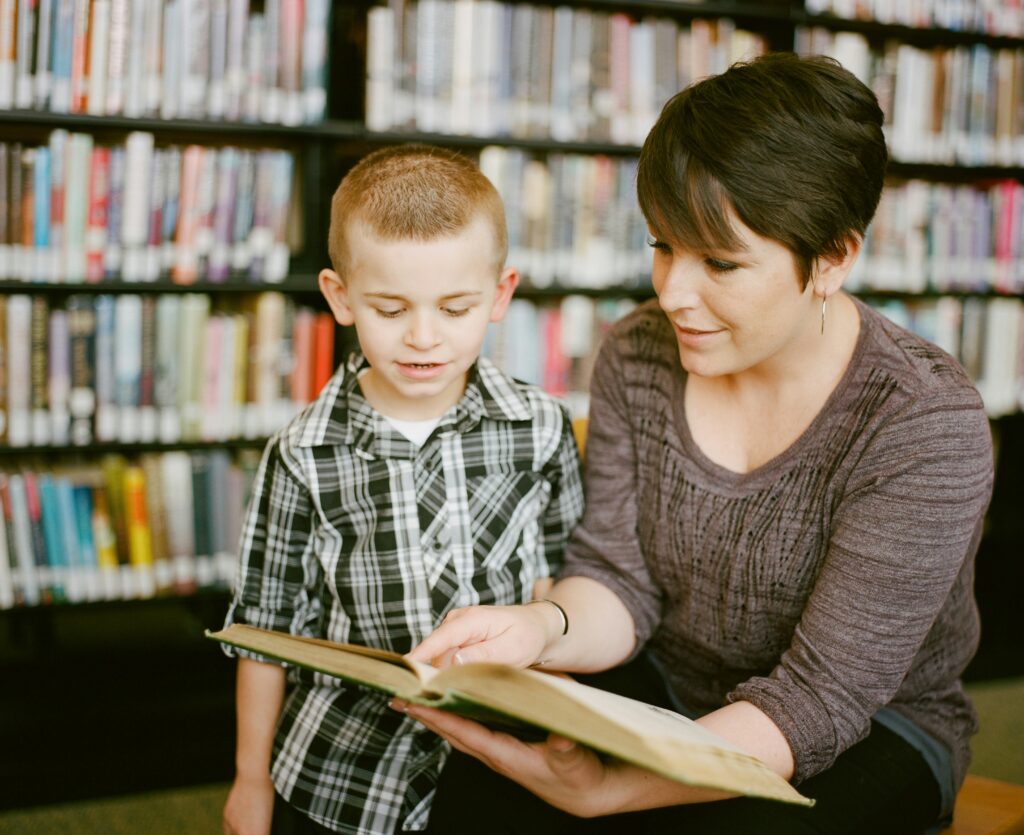The Power of Picture Books: Enhancing Early Language Development in Infants and Toddlers
Reading time
Date posted

What happens to a child during the first five years of life has a huge influence on their current and long-term health, development, and well-being.
Early childhood educators therefore play a critical role in the education and care of young children prior to school age. Educators’ work is informed by early childhood curricula and evidence-based practices that support early learning across a range of developmental domains, including social, emotional, physical, and linguistic domains.
My own research focuses on the potential of infant and toddler rooms to support early language development. It became clear to me that reading and talking about picture books provides an especially rich language learning opportunity for children younger than three.
My research was inspired by large scale studies showing an association between the frequency and qualities of picture book reading with children in the first three years, and their future success in learning to read after school entry and beyond (1).
I was keen to know how and why reading picture books with young children can lead to such positive language and literacy outcomes. In my book, (2) I argue that young children’s lives are enriched in many ways by picture books and other types of literature, such as poetry, oral tales, songs, and nursery rhymes.
Verbal and non-verbal interactions
The term “shared reading” in early childhood settings refers to the verbal and non-verbal interactions between an educator and one or more young children as they jointly focus on the words and pictures in a picture book.
It is not simply about children listening to the printed words read aloud that is important, but rather it is the educators’ explanatory talk and the children’s active engagement that facilitates learning. Infants are fascinated by pictures, and will respond by smiling, gazing, moving towards the picture, and patting and touching the page.
As they learn to communicate using words, toddlers will chime in with familiar words and point to objects depicted in the pictures.
Shared reading is beneficial in many ways
Picture books by skilled authors and illustrators provide young children with experiences of beautiful artwork and poetic patterned speech, as they listen to printed words read aloud in the familiar voice of the educator. Picture books contain unusual words and concepts, the meanings of which are conveyed through the educator’s explanations in conjunction with the visual images on the page.
Pictures are symbolic objects, so the ability to name an object depicted in a picture requires a child to engage in an act of interpretation. Many picture books for young children contain unusual words and depict creatures that exist only in fantasy; for example, singing pigs, green sheep, and dinosaurs. Through picture books, young children learn about phenomena that they have never experienced personally, thus developing a rich imaginative life.
Takeaways for early childhood educators
These people can provide multiple opportunities for children’s learning during shared reading by talking about the words and pictures, relating the content of pictures to the child’s own life, using gestures to facilitate the child’s understanding, and encouraging children to interact during the experience. Contrary to some media commentary, there is no single formula or method for teaching children to read after school entry. Skilled reading requires the integration of many complex skills. Several studies have shown that the frequency of shared reading in early childhood is associated with the number of words a child knows when they commence school, and the size of a child’s vocabulary on school entry is related to their academic achievement (3). To learn to read fluently and with comprehension, a child needs to find the motivation to persevere over many years. This motivation is fostered early in life through frequent and enjoyable experiences with picture books, combined with pretend play and other acts of the imagination.
References
(1) 1 Demire-Lira, O. E., Applebaum, L. R., Goldin-Meadow, S., & Levine, S.C. (2019). Parents’ early book reading to children: Relation to children’s later language and literacy outcomes controlling for other parent language input. Developmental Science, 22(3), e12764. doi: 10.1111/desc.12764
(2) Torr, J. (2023). Reading picture books with infants and toddlers: Learning through language. Routledge.
(3) 3 Massaro, D. W. (2015). Two different communication genres and implications for vocabulary development and learning to read. Journal of Literacy Research, 47(4), 505-527. Doi:10.1177/1086296X15627528
